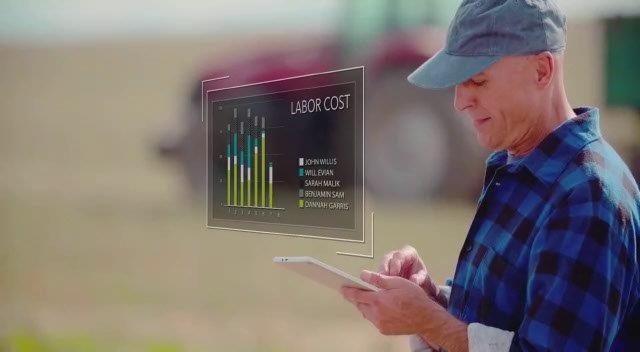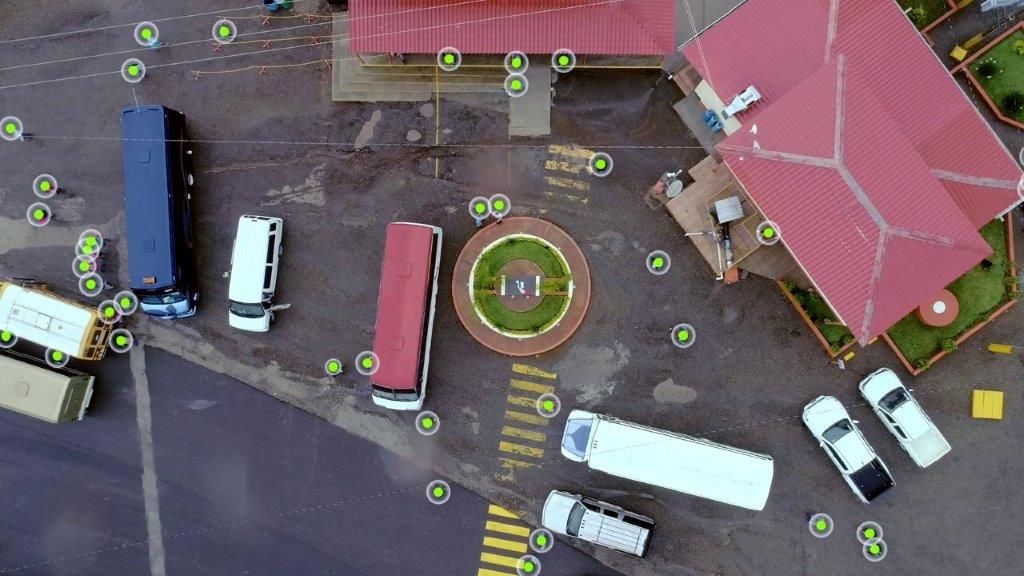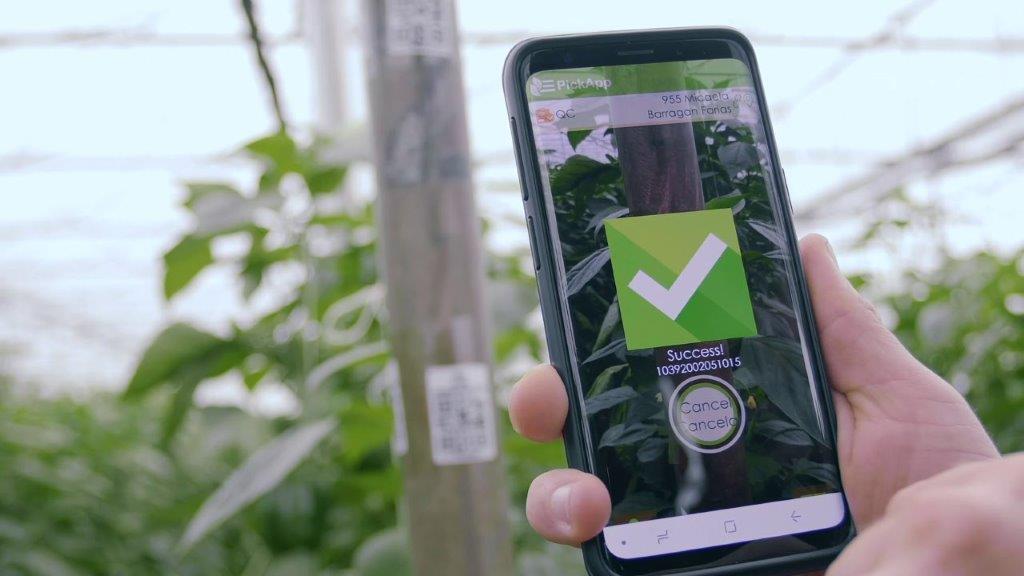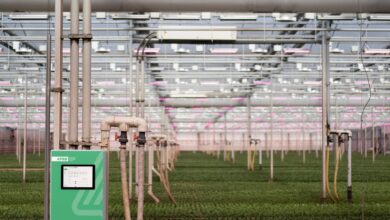It’s no secret that more and more businesses are shifting toward data-driven decision-making processes, and the farming industry is no different. Also, most will agree that, just like in any other business aspect, to properly introduce a data-driven approach, we must first understand the basics of it and wisely select the form of implementation that suits our needs.
Data-Driven Decision Making
Data-driven decision-making begins with identifying the required data, continues with efficiently collecting it and completes in understanding it and acting upon it.
In this dataflow, the execution of each step has major implications over the steps to follow. Therefore, the process must be efficiently planned and handled with care.
To do so, we must understand the various aspects of each step and their value contribution to the end goal.
In this article, we’ll focus on the data-collection step and learn how it can be optimized when applied to the monitoring of farmwork activity.

Essential Data Attributes
Reliable Data
Having high-quality data is crucial for the data-driven decision making process’ success, and the thumb rule is that the data must be reliable. Compromising on this attribute will significantly limit our ability to make informed decisions with confidence.
Real-Time Data
Ideally, getting the data in real-time is always preferred. Farms consists of highly dynamic entities and data which is not collected in real-time may be inaccurate. Furthermore, when done right, real-time data collection is usually more efficient.
That said, the level of essentiality of this attribute is determined on a case-to-case basis.
High-Res Data vs Complete Data
It is assumed that data have to be in the highest resolution and, at the same time, as complete as possible, but more often than not, achieving a great level in both of these aspects is not really required and just not cost effective.

Since reliable data is necessary and real-time data is preferred, we’ll zoom into the conflict between high-res data collection and complete data collection, and learn when to favor which.
To do so, we’ll categorize the data into Physical/Chemical Data and Farmwork Activity Data.
Farm-Data Categories
Physical/Chemical Data = High-Res Data
To collect physical/chemical data, such as environmental elements and inner plant conditions, we use innovative technologies that enable us to collect it in superhuman ways.
We touch the ground and fly above our fields. We zoom into plants and focus from the sky. We feel the climate in great detail, and we can practically hear and smell our plants like never before. In these sensor-based data collection processes, data samples are usually enough for generating accurate overall estimates. Collecting all of the physical/chemical data in the field in a complete manner is just not cost-effective.

Farmwork-Activity Data = Complete Data
Unlike physical/chemical data, farmwork-activity can be easily and sufficiently measured by the human eye, but there’s just too much of it going on, and yet, knowing all of it is the key. One’s performance does not reflect the others, and a certain task completion can’t confirm the next. Farmwork activity data must be complete.
Bottom line is that to collect the best physical/chemical data we simply need the best sensors in place, but to collect the best farmwork-activity data, we need not only the best tools, but also the best workflow.
Farmwork-Activity Data Collection
So which workflow is best for farmwork-activity data collection?
The answer to this question depends on many factors. Nevertheless, it is well established that the integrated data collection process must seamlessly align with the existing farm operation and introduce as minimal overhead possible.
To achieve such low overhead, the solution must (1) include intuitive and robust data collection tools, (2) expose flexible configurations for adjusting the data collection methods to the needs of the farm and for enforcing its specific workflows, and (3) prevent human error and any attempts to manipulate the system.
A solution that is able to stand by all of the above will be successfully and sustainably onboard the farm workforce into collecting the entire data and ensure that the guaranteed value overcomes the required effort.

PickApp Farming
This article has been written by PickApp Farming, a farm management solution that is focused on farmwork data collection & utilization.
PickApp was designed for labor-intensive farmers by pepper growers from the Israel Arava valley.
PickApp’s team of experts leverage years of data-driven farming experience and its tools have been adopted with much success by top farms worldwide.
If you’d like to learn more about PickApp and its data-driven farming solutions, visit them at http://www.pickapp.farm or contact them directly via email at contact@pickapp.farm
or by phone at +972-8-619-8822





